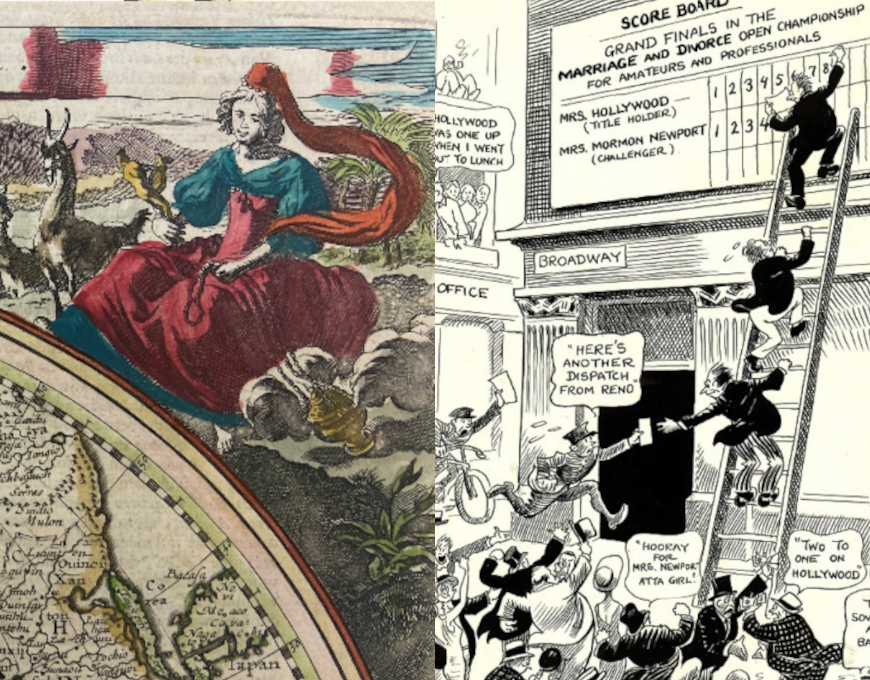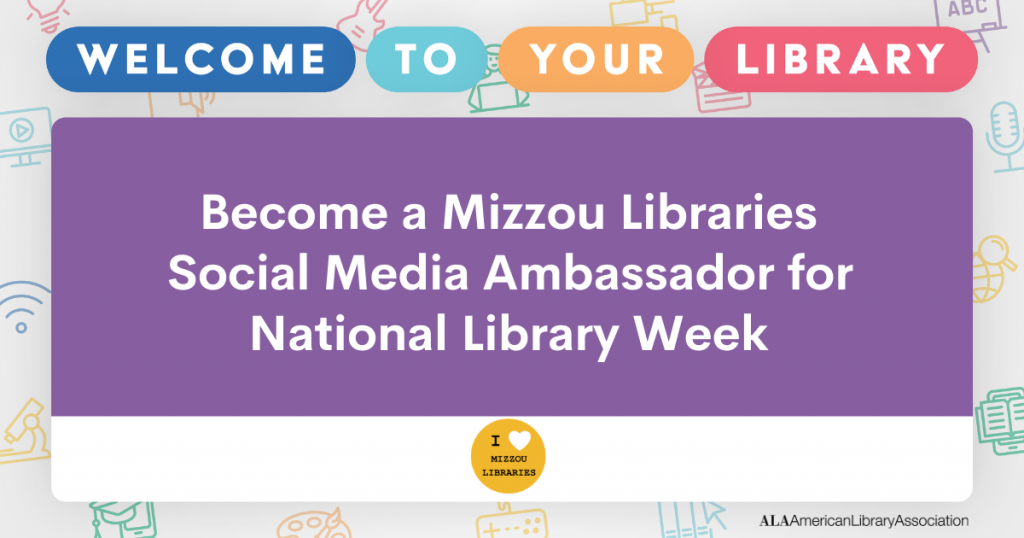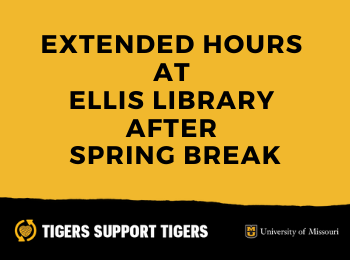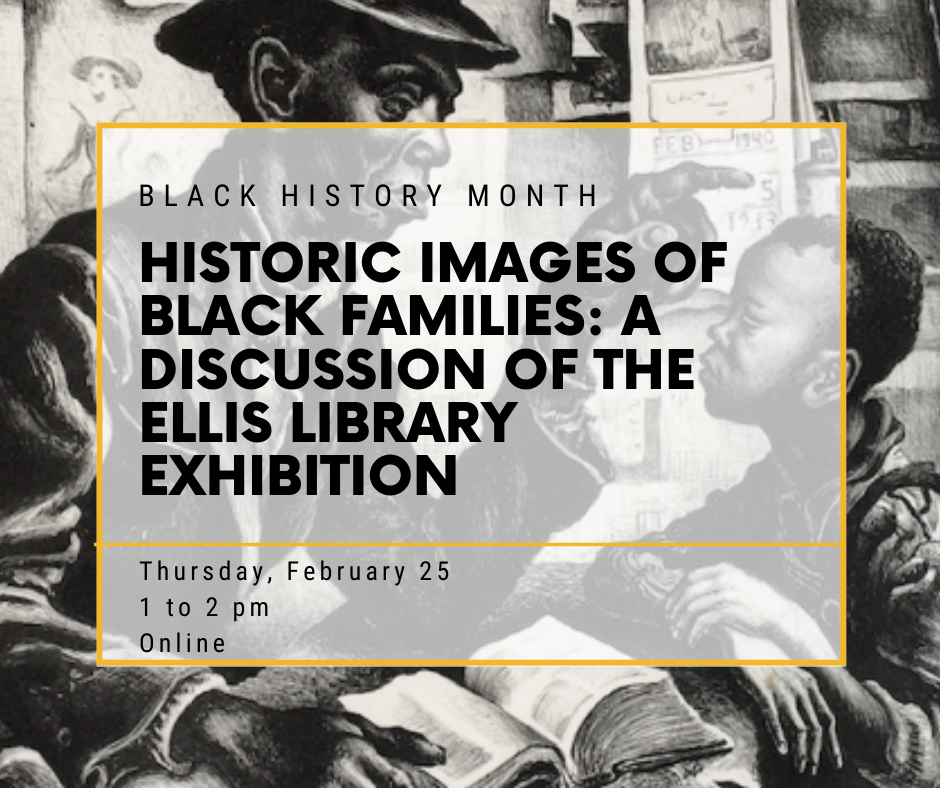Thanks to everyone who contributed their memories!
Staff news
2021 Celebration of Service Comments
New student-curated online exhibits now available

There are two new digital exhibits in Special Collections, curated by our spring 2021 interns: John T. McCutcheon: A Cartoonist in his Prime, 1930s, curated by Allison Cathey, and The Art of Cartography, Cartes-à-figures, curated by Lily McEwan. Our students have worked very hard over the past semester on these exhibits and now we’re ready to share them with you. Read on below for our interns’ descriptions of their projects. We hope that you enjoy the exhibits!
John T. McCutcheon: A Cartoonist in his Prime, 1930s
by Allison Cathey
My exhibit is formed around American cartoonist John T. McCutcheon and his work during the peak of his career at the Chicago Tribune. The exhibit showcases 11 of the cartoons that MU Digital Library has access to. The others can be found in the John Tinney McCutcheon Collection of Editorial Cartoons in the MU Digital Library or in person at the Special Collections if you wish to use them for further information.
The exhibit is focused on the use of cartoons in the 1930s during which some consider to be the prime years in John T. McCutcheon’s career as a cartoonist. Amidst the economic struggles of the 1930s, McCutcheon brought light to political, social, and economic issues. His ability to cover a variety of subjects showed his versatility and the reason that people refer to him as the American dean of cartooning. Additionally, in the 1930s McCutcheon was awarded an honorary doctoral degree and Pulitzer Prize for his exceptional work. He spent the last years of the decade beginning his autobiography that reflects on his personal and work life. The exhibit includes cartoons pertaining to McCutcheon’s view on: economics, American holidays, global politics, marriage and divorce, automobile crashes, administrative programs, local news, war, technological advancement, and treaty breaking.
The Art of Cartography: Cartes-à-figures
by Lily McEwan
I chose to create the digital exhibit The Art of Cartography: Cartes-à-figures as a passion project for my interest in art history. As a student studying Art History and Anthropology, I loved the hands-on opportunity to conduct research and over the course of the semester have gained valuable interpretive critical-thinking skills. The creative process and the designing element of an exhibit was a new experience that was thoroughly delightful. I have a new appreciation for librarianship and researchers – as there is a lot that goes on behind the scenes.
My favorite aspect of this experience was visiting the reading room! Seeing with my own eyes these wonderfully old and preserved maps has reconfirmed my interest in Art History and preservation work. I am grateful to have this opportunity as it will help prepare me for a life of research. In fact, this summer I will be attending archaeological field school in Pompeii under the direction of Dr. Kate Trusler for a month-long research endeavor in public sanitation.
I have thoroughly enjoyed my time as in Intern for Ellis Library’s Special Collections Department. I am so grateful to have had the experience in digital exhibition research, writing, and publication. I want to thank John Henry Adams, Kelly Hanson, Anne Stanton, and the entire department of Special Collections for assisting with research, guidance, and allowing me to have this opportunity in exhibition research.
April SAG Minutes and Documents
National Library Week and National Librarian Day
Last week was National Library Week and we were featured on the main Mizzou social media channels. You can see what they shared if you click through the Mizzou Libraries instagram highlights called Library Week.
Today is National Librarian Day and Mizzou Engineering thanked Mara, Michelle, and Noel on their social media for all the hard work they do. Here is a cool tweet thread from Mizzou Engineering: https://twitter.com/mizzouengineer/status/1383094713725571074
The marketing team also did some social media for national librarian day. Thank you for all that you do for Mizzou Libraries!
Cycle of Success: Inge Creates DOE Index

Mara Inge, a senior library information specialist in the Engineering Library and Technology Commons (ELTC), has created a master index of all 36,729 conference proceedings titles from the Engineering Library and Technology Commons’ Department of Energy (DOE) uncatalogued microfiche collection. Prior to Mara’s project, the only way to locate a fiche was to look for a title in the Office of Scientific and Technical Information’s (OSTI) database of DOE information, visit ELTC or another library with DOE fiche, open a cabinet drawer, and start searching. Stephen Pryor, digital scholarship librarian, provided technical assistance with the project.
In addition to all of the titles that she entered into the index, Mara also entered metadata for proceedings not previously in the OSTI database—about 1104 titles that, for all practical purposes, were not findable online at all. Her work is a wonderful way to promote this hidden collection.
The MU Libraries plan to make the index available for searching; meanwhile, please email Mara at englib@missouri.edu with any questions about DOE conference proceedings.
Welcome to Dayle Provencher
Dayle joined the Health Sciences Library as a library information assistant in January. Welcome, Dayle!
Become a Mizzou Libraries Social Media Ambassador

This year, the marketing team is trying something different this year for National Library Week (April 4-10). We are looking for social media ambassadors to post about Mizzou Libraries, on their social media, 1-2 times that week. Very low time commitment and super easy. Those who participate will receive specials edition Mizzou Libraries stickers and buttons.
If you are interested, send Taira (meadowcroftt@health.missouri.edu) or Shannon (carysn@missouri.edu) an email. We will send volunteers more info about what to do next week.
Ellis Library Will Extend Hours After Spring Break

Starting April 5, Ellis Library will be open until midnight Sunday through Thursday.
Starting April 25, Ellis Library will be open even longer, including some Saturday hours. For a complete listing of hours, including for all specialized libraries, visit library.missouri.edu/hours.
Finals Weeks
(April 25–May 14)
Sun 10am–Midnight
Mon–Thu 7:30am–Midnight
Fri 7:30am–8pm
Sat 10am-8pm
Sun 10am-Midnight
Historic Images of Black Families: A Discussion of the Ellis Library Exhibition

Date: Thursday, February 25, 2021
Time: 1 to 2 pm
Location: Virtual
Register Here
Joan Stack, PhD, State Historical Society of Missouri, will give a presentation on the images you can see at their Black History Month 2021 exhibit. She will talk about each piece, examining their significance and importance. She will also discuss how SHSMO collects Black History resources and how you can access them.
The engaging exhibit features images of Black families that the State Historical Society has gathered over time. It will be on view in the first floor Colonnade of Ellis Library from February 8 through the end of the Spring 2021 semester.